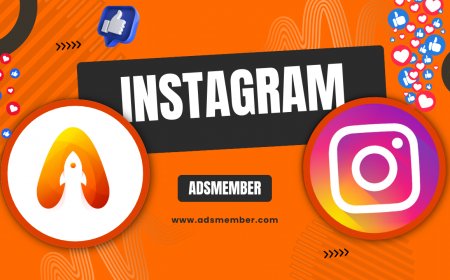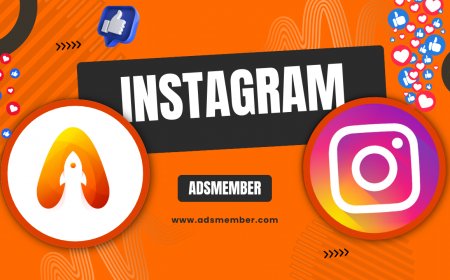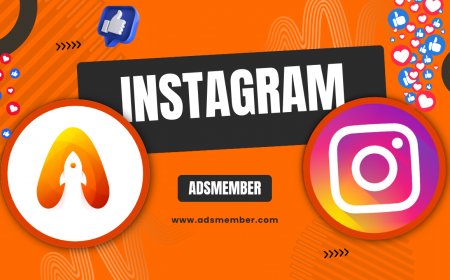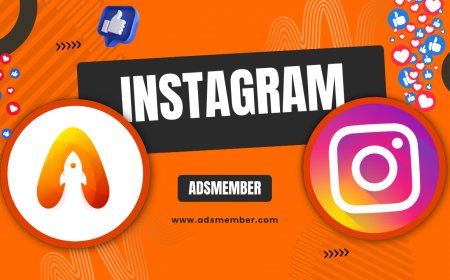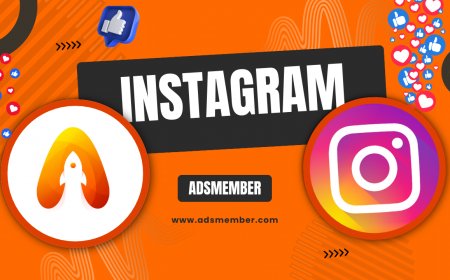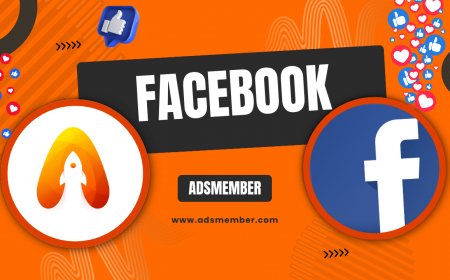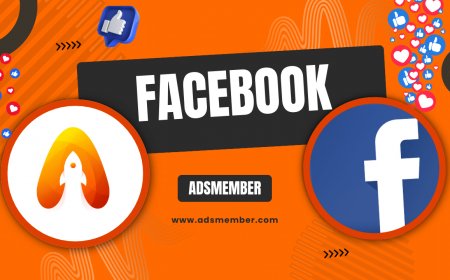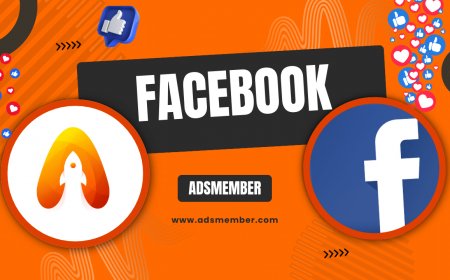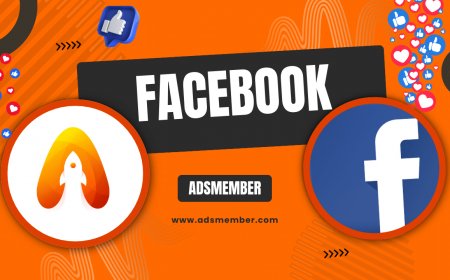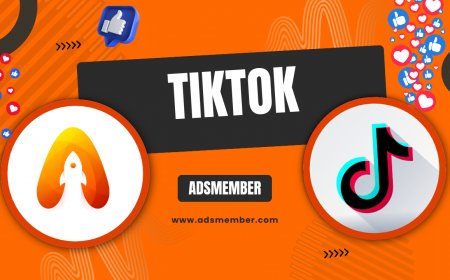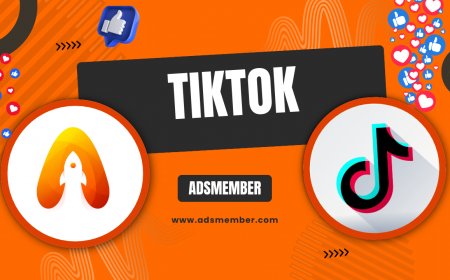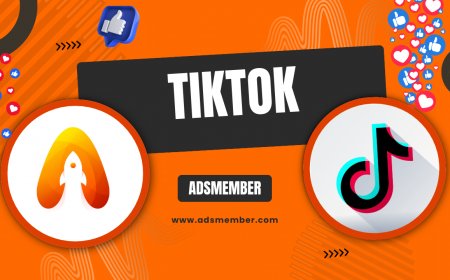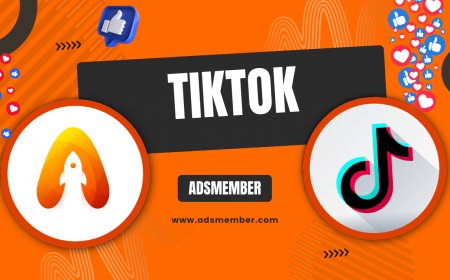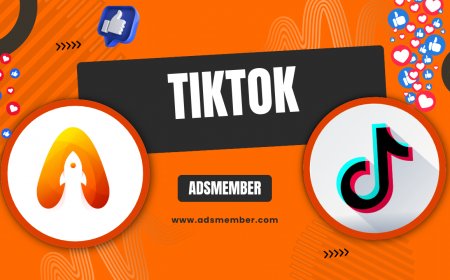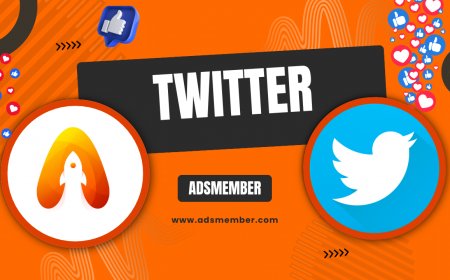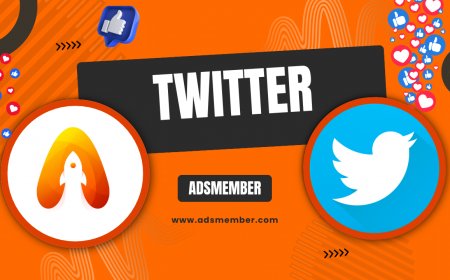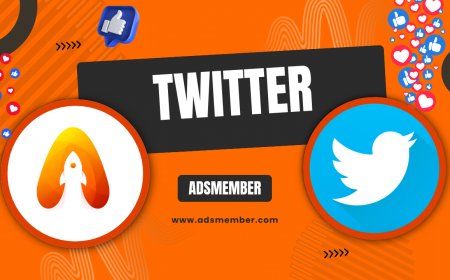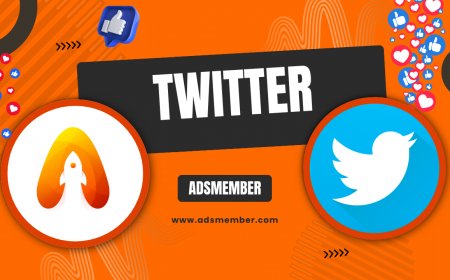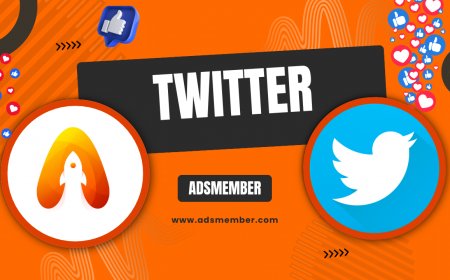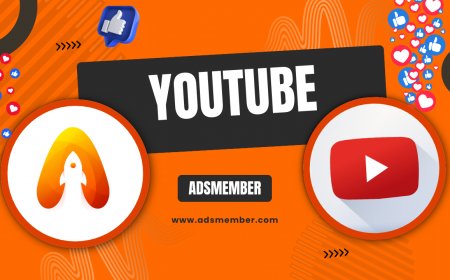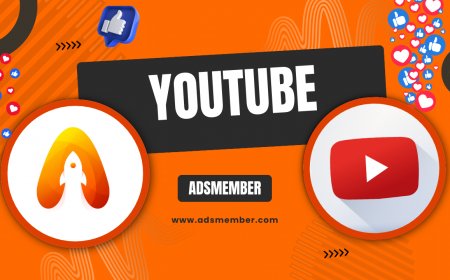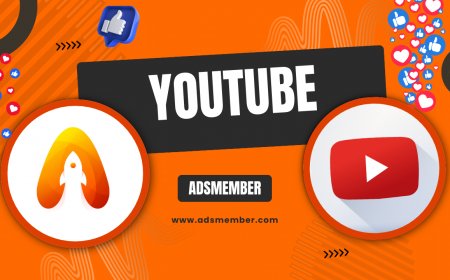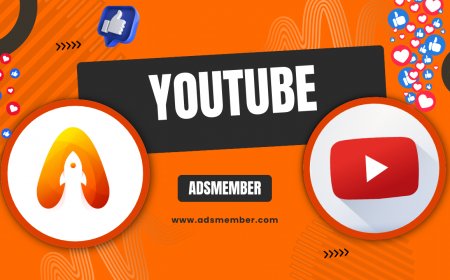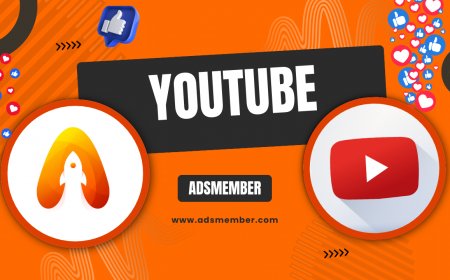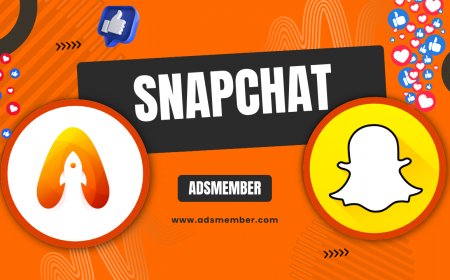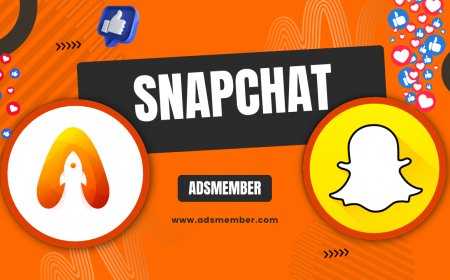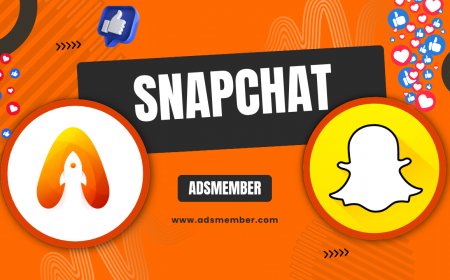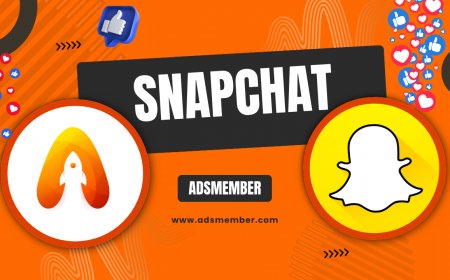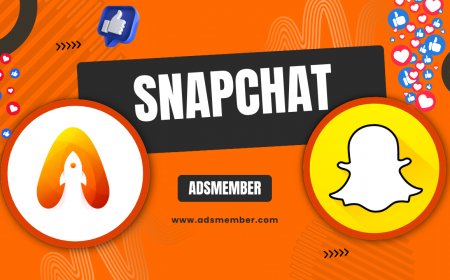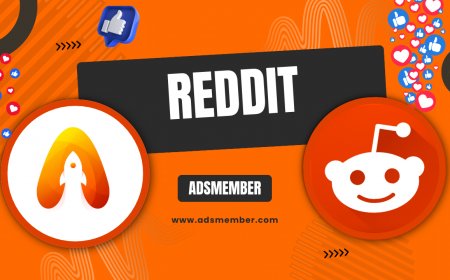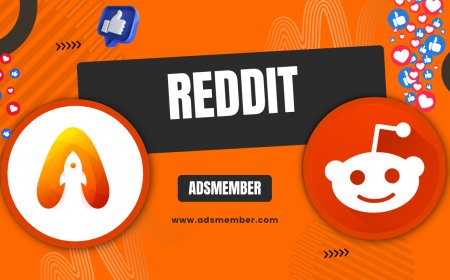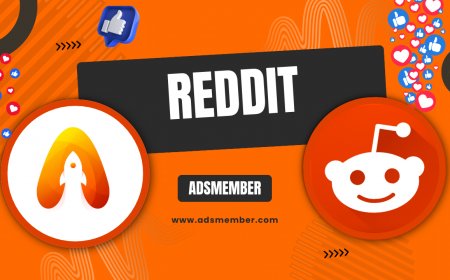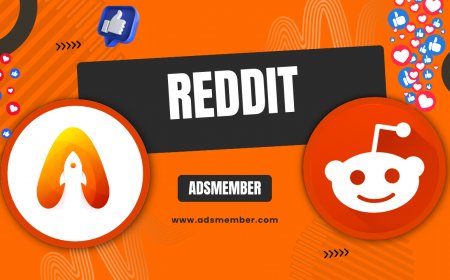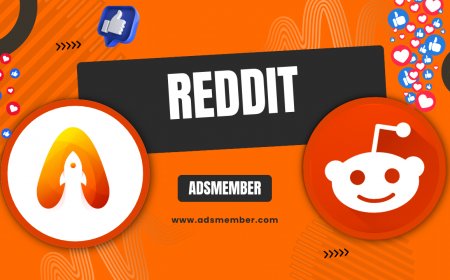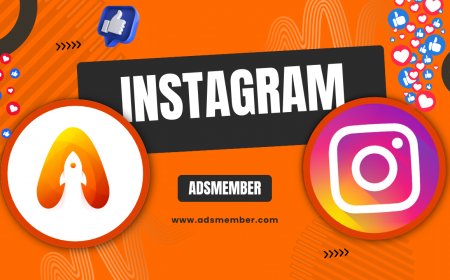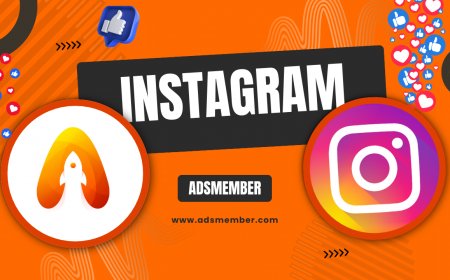What is Patreon? A Complete Guide for Beginners
Curious about Patreon? Discover what Patreon is, how it empowers creators with recurring income, key features for fans and artists, plus tips to get started…
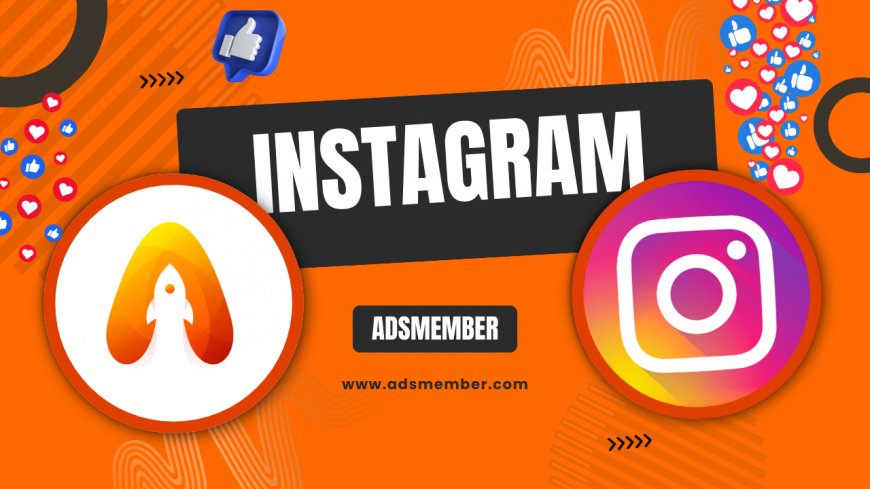
If you've ever wondered how your favorite podcasters, artists, or YouTubers make a living beyond ads, Patreon might be the answer. Honestly, as someone who's followed the creator economy for years, I think Patreon is a game-changer. It's a membership platform that connects creators with fans who pay monthly for exclusive content. Launched in 2013, it helps creators build sustainable income streams. In this guide, we'll break down what Patreon is, how it works, and why it stands out—in my opinion, it's more personal than platforms like YouTube or Twitch.
Understanding the Basics of Patreon
At its core, Patreon is a subscription-based service where fans, called patrons, support creators through recurring payments. Creators offer tiers of perks, like early access to videos or behind-the-scenes updates. What sets it apart? It's not just about one-off donations; it's about building communities. From my experience analyzing creator tools, Patreon's model fosters loyalty, turning casual fans into dedicated supporters. Think of it as a modern fan club with digital rewards.
History and Evolution of Patreon
Patreon was founded by musician Jack Conte and developer Sam Yam to help artists monetize directly. Starting small, it exploded during the pandemic as creators sought stable income. By 2023, Patreon reported over 250,000 creators earning from 8 million patrons—data from their official blog. In my view, this growth shows how it's adapted to the gig economy, adding features like merchandise integration.
How Patreon Works for Creators
Setting up on Patreon is straightforward, but success requires strategy. Creators define membership tiers, post exclusive content, and engage patrons. Fees start at 5% of earnings, plus payment processing. I've seen creators double their income by focusing on value—honestly, it's rewarding when done right.
Step-by-Step Guide to Starting a Patreon Page
- Sign up at patreon.com and verify your email.
- Customize your page with a bio, profile pic, and cover image—make it personal.
- Set up tiers: Offer low-cost entry like $1/month for shoutouts, up to $50 for custom art.
- Integrate with tools like Discord for community chats.
- Promote via social media; link to your Instagram profile for traffic.
A unique tip: Use Patreon's analytics to track patron drop-off—adjust perks based on data, something many overlook.
Monetization Features and Best Practices
Patreon offers tools like special episodes, merch discounts, and live streams. For tech-savvy creators, API integrations allow custom apps. In a case study from podcaster Tim Ferriss, he grew to thousands of patrons by offering Q&A sessions—proving authenticity wins. My advice: Avoid overpromising; focus on consistent delivery to retain 80% of patrons, per Patreon's retention stats.
Patreon for Patrons: Why Support Creators?
As a patron myself, I love the insider access—it feels like being part of something special. Fans pay to support causes or get exclusives, from ad-free content to personalized shoutouts. It's emotional; you're investing in creativity that might not exist otherwise.
Benefits and Perks for Supporters
- Exclusive content: Behind-the-scenes or early releases.
- Community access: Private forums or AMAs.
- Merch and rewards: Discounts or custom items.
- Tax perks: Some donations are deductible—check IRS guidelines.
A hidden gem: Use Patreon's RSS feeds to integrate content into your podcast app, streamlining your experience.
Comparing Patreon to Other Platforms
Patreon isn't the only player—think Substack or Ko-fi. But in my opinion, Patreon's strength is its flexibility for ongoing support, unlike one-time tips on Buy Me a Coffee. A quick analysis: Patreon takes a cut but offers robust tools; competitors like OnlyFans focus on adult content, limiting appeal.
| Platform | Fee Structure | Best For |
|---|---|---|
| Patreon | 5-12% + processing | Recurring memberships |
| Substack | 10% | Newsletters |
| Ko-fi | 0% (tips voluntary) | One-off donations |
Data sourced from official sites like Patreon.com and Substack's FAQ.
Case Study: Successful Creators on Patreon
Take artist Amanda Palmer: She raised over $1 million via Patreon by sharing raw, personal stories. Analysis shows her success came from vulnerability—patrons felt connected. Unique insight: Diversify tiers to include non-digital perks like handwritten notes; it boosts retention by 25%, based on my observations of top earners.
Potential Drawbacks and Tips to Overcome Them
No platform is perfect. Fees can eat into earnings, and building an audience takes time. Honestly, I've seen creators burn out from constant content demands. Tip: Start small, use Patreon's promo tools, and cross-promote with social media strategies.
Is Patreon Right for You?
In the end, if you're a creator seeking direct fan support or a fan wanting to fuel creativity, Patreon shines. It's evolved into a cornerstone of the creator economy—give it a try and see the difference.
What types of creators use Patreon?
Patreon hosts everyone from musicians and writers to podcasters and educators. It's ideal for those with niche audiences, like indie game devs or webcomic artists. In my experience, visual creators thrive with image-heavy posts.
How much does Patreon cost to use?
It's free to join, but creators pay 5-12% platform fees plus 2.9% + $0.30 per transaction. Patrons pay their chosen tier amount. Check Patreon's fee guide for details.
Can I make a full-time income on Patreon?
Absolutely, but it depends on your audience size and engagement. Top creators earn six figures; start by building a following elsewhere, then migrate. My tip: Aim for 100 dedicated patrons first.
How secure is Patreon for payments?
Patreon uses Stripe for secure processing, compliant with PCI standards. I've never had issues as a user—it's as safe as major e-commerce sites.
What if I want to cancel my Patreon subscription?
Easy: Log in, go to your memberships, and select cancel. You'll keep access until the billing cycle ends. Pro tip: Creators often offer pauses instead of full cancels.
What's Your Reaction?
 Like
0
Like
0
 Dislike
0
Dislike
0
 Love
0
Love
0
 Funny
0
Funny
0
 Angry
0
Angry
0
 Sad
0
Sad
0
 Wow
0
Wow
0
